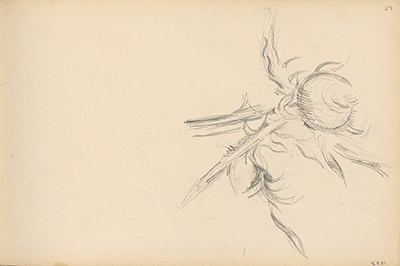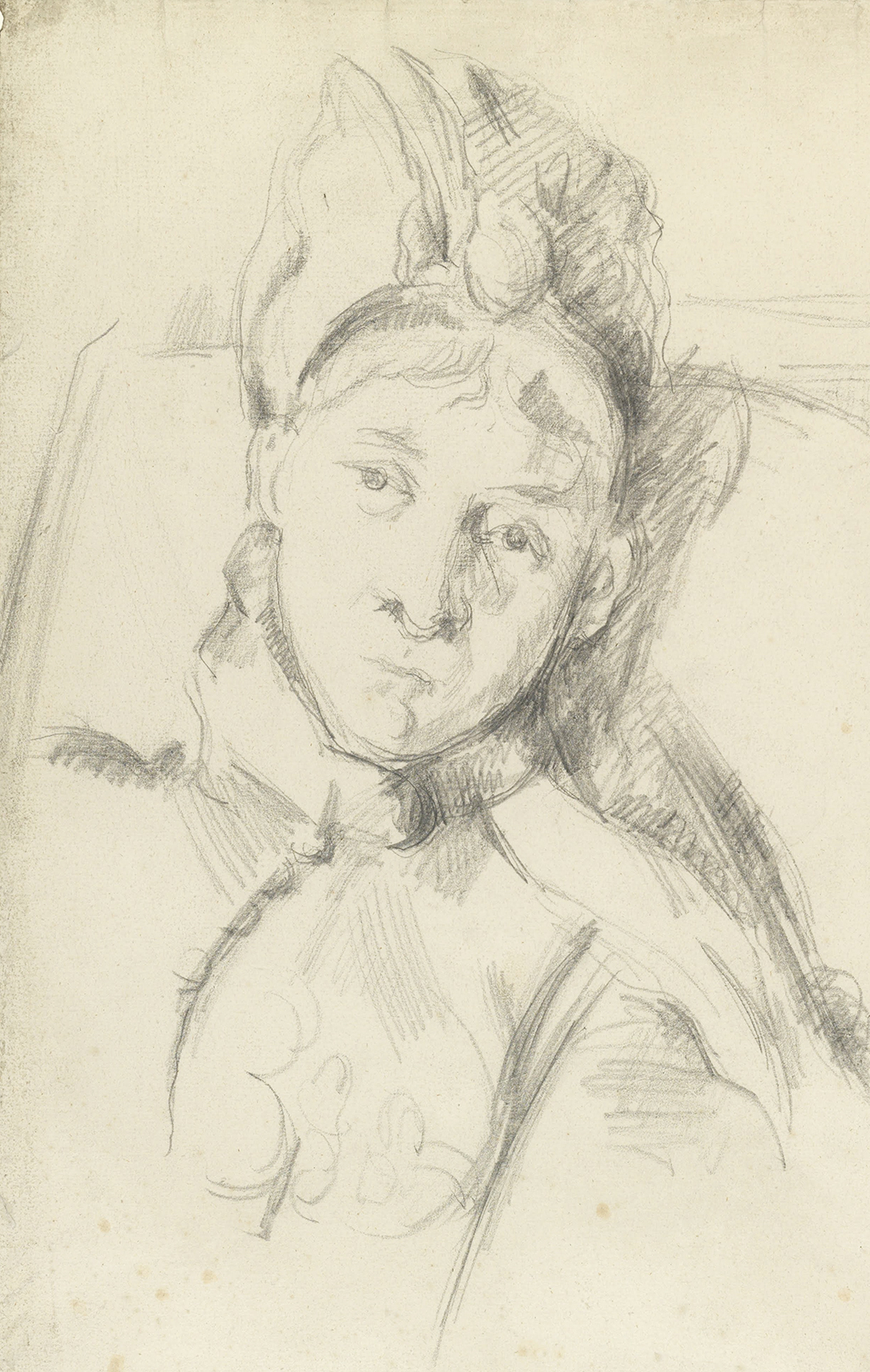Paul Cezanne would use the discipline of drawing for multiple purposes. He would produce studies for later paintings frequently, but he also liked to make use of the great flexibility of this medium by capturing items that excited him whilst on the move.
Most of his compositions were dark in tone, and he preferred working indoors rather than in plein air. He worked from direct observation, while simplifying naturally occurring forms into geometrical essentials and ordered whatever he perceived into simple ways and color planes. He used drawings and sketches as a way of planning certain projects, way before commencing the painting itself. In other cases he would produce drawings purely for their own value alone, and those would be stored away for future reference. Early in his career, he used pallet knives to produce heavily textured paintings; however, he was inspired to embrace new methods of paint application. He worked with thick layers of paints, using heavy brush strokes on a canvas, making a tangible texture. There are carbon black particles in his drawings, an indication that he used charcoal in his painting design's mixture.
Cezanne also used a graphite pencil to bring out broad strokes, shaded areas and to yield crisp lines. He was a compulsive draft man filling various sketchbooks, mainly with studies made with pencils and sometimes in conjunction with watercolor. Much research has been carried out into this artist's watercolours and work with pencil and charcoal in recent years, in order to throw new light on his working practises, as previously the attention had almost exclusively been upon his work with oils. More and more specialist exhibitions have examined the drawings of famous painters, as a means to illustrate the root of their technical ability, and there has also been a resurgence of interest in this artistic discipline in recent years, with many being attracted to it by the ease with which one can use it, as opposed to the large overheads brought by oils and acrylic paints, for example. Academics have always underlined the importance of achieving success as a draughtsman, long before you even begin looking at other disciplines.
Cezanne's sketchbooks were an essential tool for his adhoc creative expression. He never knew quite when he would come across something that pricked his interest, be it a beautiful landscape or perhaps an individual that he wanted to capture for all eternity. Many sketches from these books still remain, but have since been removed from the original binding in order to be sold separately. This scenario is common with most major artists and has made the classification of their careers far harder to achieve. Thankfully, many of the study pieces relate to specific paintings and are therefore very easy to verify as his own work, as well as date in accordance with the later artwork. Traditionally (particularly within the Renaissance and Baroque eras), artists would share these drawings with members of their own studio as a means to education, or perhaps instead gift them to friends and family. In Cezanne's case he tended to keep his sketchbooks intact and refer to them for guidance on compositional decisions.
This was an artist who felt artistic urges on a regular basis. He would often create portraits of those in his household whilst in Paris. These were easy to organise, with his wife Hortense Fiquet and their son Paul being most frequently used. These were fun items in which he would practice certain elements of his technique, but they also have provided us with an insight into his personal life. Whilst we are aware of the problems that he had throughout his lifetime, it is pleasing to also see the touching, personal portraits that he happily produced of his family members. In the same way that self-portraits have enabled us to understand more about an artist's mind, so do these types of portraits help us to examine their closest relationships. Currently, the National Gallery of Art in the US is home to one of the few intact sketchbooks, and has published large amounts of detail about it online for those looking to study Paul Cezanne's drawings. They have also featured recent exhibitions of his work, with some of these drawings sitting alongside his paintings.
His paintings convey an intense study on his subjects, and his early work is concerned with various figures in the landscape that are imaginatively painted. He aimed to unite observation of nature with the permanence of classical composition; he concentrated on still life, portraits, views, and studies of bathers. He was equally proficient in each of the genres. His dish of apple painting, the apples were less defined into their shapes but were reduced into simple sphere shapes. It emphasized the painter’s brush strokes, creating a pattern that draws awareness to the canvas, reminding the viewers that it is not a dish of apples but a painting of a bowl of apples. In Modern Olympia, he portrays a sex worker as a graceless bare and entwined physique; he was probably referring to his great concern with females that he wrestled with all his life. The inner parts of the room are shown using bold colors and lines joining opposite corners portraying drapes, fruits and flower vases. In the bay of Marseille, complementary colors are critically employed to develop a photographic appearance. It is in line with his desire to make impressionism something stable and enduring.
In the 1870s, he began to paint various landscapes exploring various ways to depict nature faithfully and the same time expressing the feelings it inspired in him. He also started learning techniques and theories of impressionism from his friend Pissarro. He became very devoted to landscapes, still lives, and portraits, he developed images which depicted that he had a unique vision and purpose. In the 19th century, his artwork was increasing in-depth, the skill of composition and color richness, he thus felt capable of creating a variety of versions. He produced one masterpiece after another. He was a highly modernized artist who didn’t fit into one category of painting style; he developed his style, the sculptural or architectural style. It means that he was very analytical in his painting, and was very conscious while applying every single brush stroke to impact the structural integrity of the image.
In his drawings, he wanted to capture nature in a way that all humans understood it. He did this by reducing his objects into simple forms like cubes, spheres, and cones he also broke down colors from involved to simple gradients. His drawings displayed sculptural dimensions, rigid compositions, and a dull tone applied in a dense pigment on the canvas impasto. His landscapes composed pieces of grand and calm horizontals, which create a clean effect and implacable blue seas across the canvas. The painting has new and quality properties representing deep space and flat design. He treated the background with the same care as the subject and often violently distorts facial color to bring it in harmony with the total composition. He applied his principles of representation in a still life; he organized them as if they were architectural drawings, giving them familiar object significance through color intensity and simplicity form.
His art was intensely cerebral, full of passion for feelings that were aroused by his environment, and he gave a conscious search for rational solutions of representation. He involved various artistic movements like post- impressionism and analytical cubism. In his painting and drawing patterns, he drew inspiration from nature and his memory. He then used a very organized system of layers to construct horizontal planes to build dimensions and draw the viewer into the landscape. He painted the drawings with the most pronounced geometric rhythms and intensive volumetric patterns. He is known for his varied painting styles which alternated throughout his career, particularly in his use of colour, for example, where he was initially very dark in tone before lightening up his palette as he moved out to the French countryside in the south.



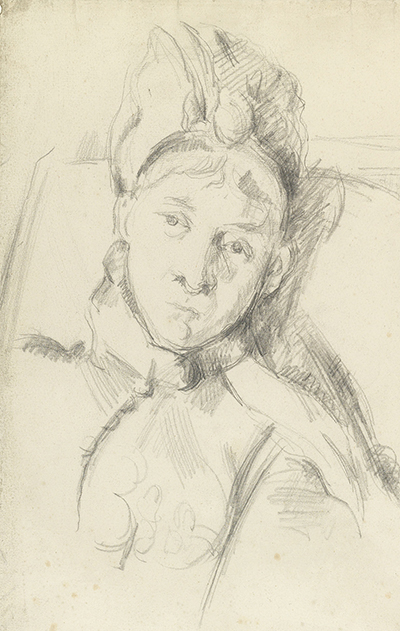
 Graphite Drawing Paul Cezanne.jpg)
 Graphite Drawing Paul Cezanne.jpg)
 Paul Cezanne.jpg)
 Graphite Drawing Paul Cezanne.jpg)
 Paul Cezanne.jpg)
 Paul Cezanne.jpg)
 Paul Cezanne.jpg)
 Paul Cezanne.jpg)
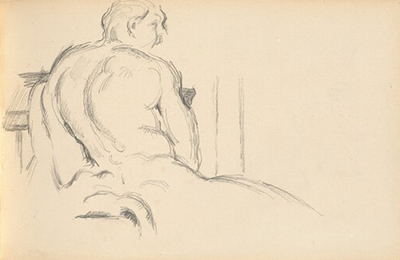
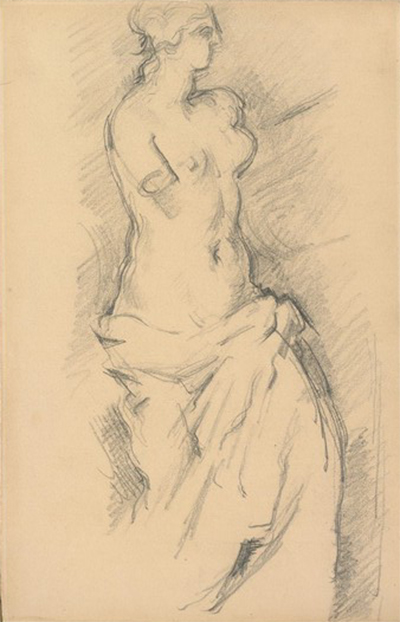
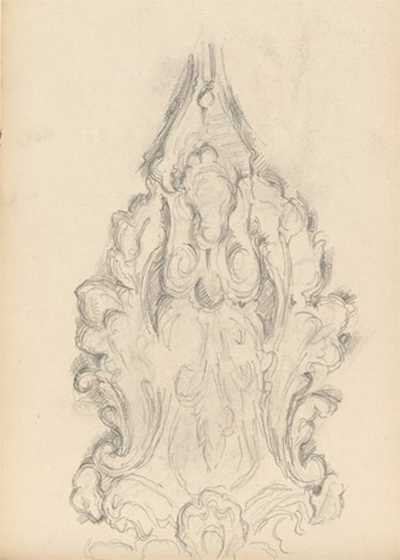
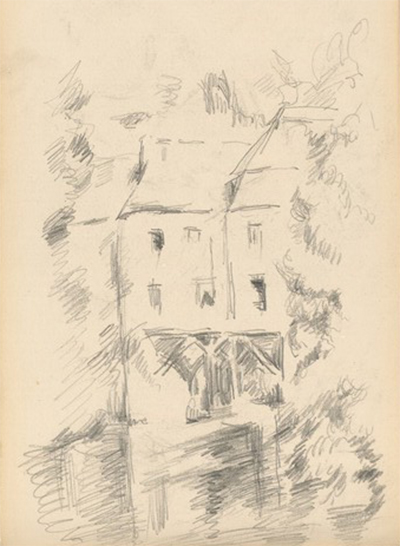
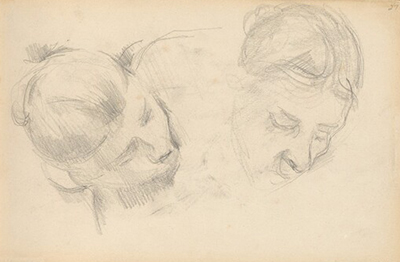
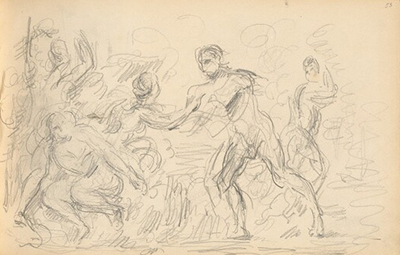
 Pen and Brown Ink Paul Cezanne.jpg)
